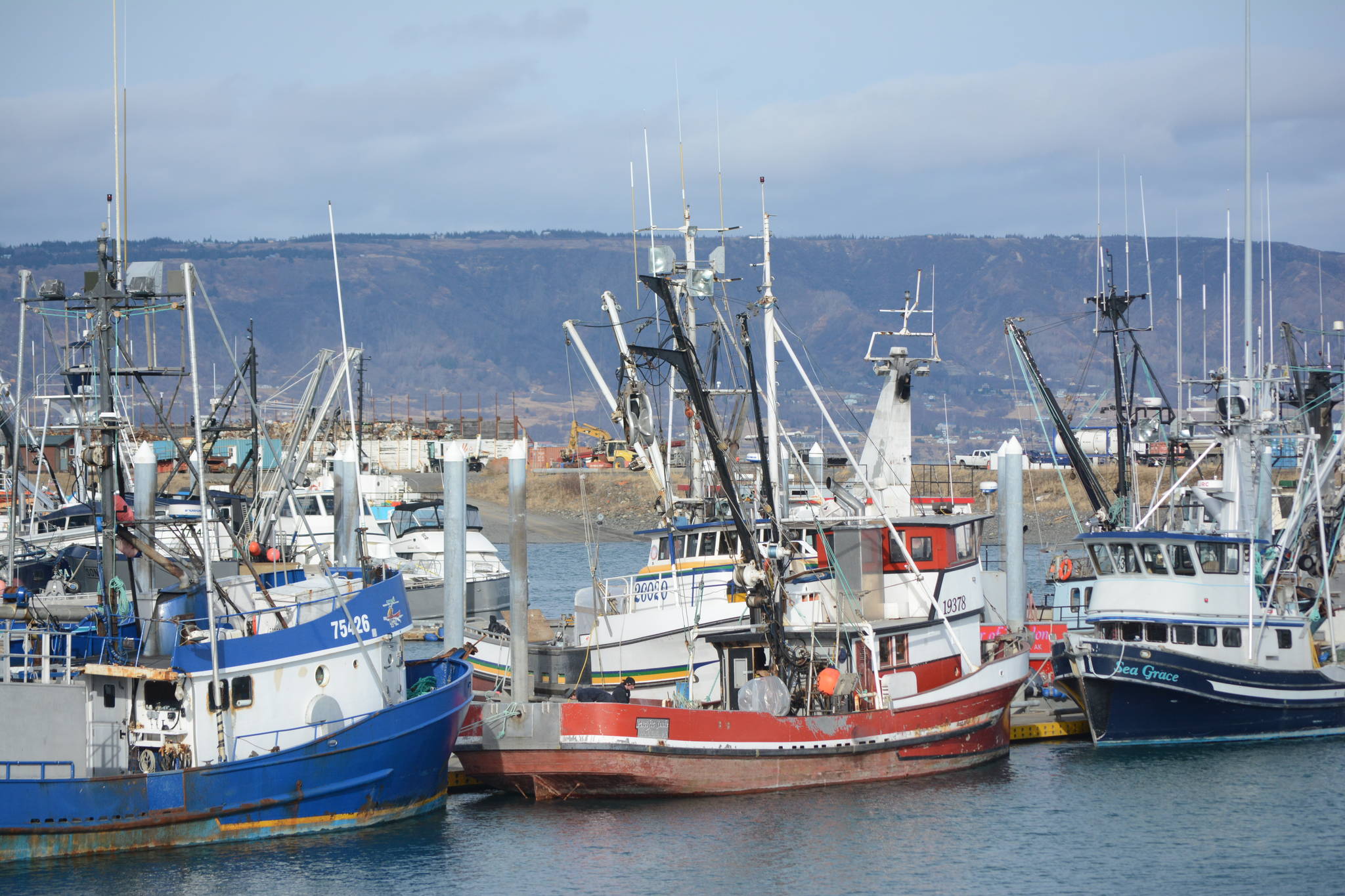Several fisheries around the state are asking for disaster relief from the state and federal government due to low returns, low prices due to the pandemic, and alleged mismanagement.
Seafood processors are also struggling.
Southeast Alaska is asking for disaster funds due to low coho returns and low prices on the heels of a disaster declaration in 2016 due to a crash in pink salmon numbers.
Five legislators from Southeast sent a letter to Gov. Mike Dunleavy asking for a disaster declaration for the coho salmon run, according to the Sitka Sentinel.
Alaska Department of Fish and Game commercial troll management biologist Grant Hagerman told the Sentinel that the coho troll fishery this summer was historically bad.
“Cohos stand out significantly, in that it’s one of the lower harvest years that we’ve had… It has been a down year for the trollers for most of the year — the coho fishery is their bread and butter,” Hagerman said in the article. He cited poor fish returns and low catch rates.
Local coho catch this summer was 23% lower than last year and fell by 45% from the five-year average, he said.
“It’s huge — this catch is one of the lowest on record for coho,” Hagerman said. The year 1988 “was the lowest on record for coho, so this is the second lowest, I think.”
Prices for Southeast troll-caught Chinook also varied widely this year, from a high of $12 per pound last winter, pre-pandemic, to a low of $5.50 per pound this spring.
Chignik, previously one of the most lucrative salmon fisheries in the state, had its third year of near zero commercial salmon fishing except for 128 salmon caught in 2018, along with a continued closure of the cod fishery due to a crash of that biomass.
The Chignik cod and salmon fisheries were declared a disaster in 2018, which led to access to $65 million in federal disaster relief funds for both cod and salmon.
Upper Cook Inlet fishermen also had a disastrous year.
According to ADF&G numbers the average sockeye catch in 2020 was less than 700 fish per boat with a gross ex-vessel value of $4,400 per boat from all salmon species.
United Cook Inlet Drift Association asserts that the reason is mismanagement.
In a letter to the North Pacific Fisheries Management Council, which is supposed to be formulating a fishery management plan after a successful lawsuit to require federal oversight of the fishery, UCIDA states, “It did not need to be such a disaster. Poor management by the State of Alaska again allowed wasteful over-escapement of sockeye salmon into the Kenai and Kasilof Rivers. The over-escapement was measured at 1.1 million fish, an amount nearly double the entire commercial catch of 697,000 sockeye. Equally troubling is while commercial salmon fishers sat idle this summer, 10 to 20 million pink salmon went unharvested in Cook Inlet and this wasted resource is now rotting in our rivers and streams. The commercial catch of pink salmon was only 343,000 fish. This is, once again, a fishery disaster caused by State of Alaska salmon management policies and practices that do not meet the requirements of the (Magnuson-Stevens Act) and the National Standards.”
In a letter to members, UCIDA pointed out that a disaster request does not have to be made by the Governor; an “elected or duly appointed representative of an affected fishing community” can also make the request.
UCIDA has sent a letter to Secretary of Commerce Wilbur Ross requesting he declare an economic disaster for the Upper Cook Inlet drift gillnet salmon fishery and provide a supporting recovery plan.
They made the same request to Dunleavy, but have scant hope he will comply as it was his administration that managed the fishery in such a way as to cause the disaster.
Processors are also facing financial hardships, largely as a result of the extra costs related to staffing challenges during the pandemic.
Julianne Curry, public affairs manager for OBI Seafoods, told Alaska Public Media, “It was a huge lift to get all employees tested, transported, quarantined, and fully integrated into each of our plants all while observing a closed campus and all COVID-related protocols and doing it all with very little time to plan and prepare for the summer salmon season.”
Garrett Everidge, an economist at the McDowell Group, told APM that processors have spent $50 million, so far.
“So $50 million is kind of a start and it’s just expected to increase,” he said.
Nicole Kimball, the vice president of the Pacific Seafood Processors Association in Anchorage, which represents several processors that operate in Bristol Bay —Trident, Peter Pan, and Alaska General Seafoods, pointed out the challenges.
“The initial quarantines for thousands of workers. So that can include hotel and food and daily medical screening,” she explained. “It’s the testing that came online, often multiple times for each worker. It’s hiring medical companies to provide daily screening and be on site for each plant. It’s PPE and sanitation supplies. All of those things. Security, which in Bristol Bay people were really adamant about needing to ensure if you were going to have a closed campus it really was a closed campus.”
Kimball said all those things were expensive over and above the normal cost of operating. And the $50 million price tag for 2020 is in line with what she’s heard from companies around the state.
“I think some companies, individual companies, spent more than $10 million alone,” she said.
Cristy Fry can be reached at realist468@gmail.com



